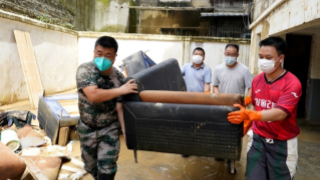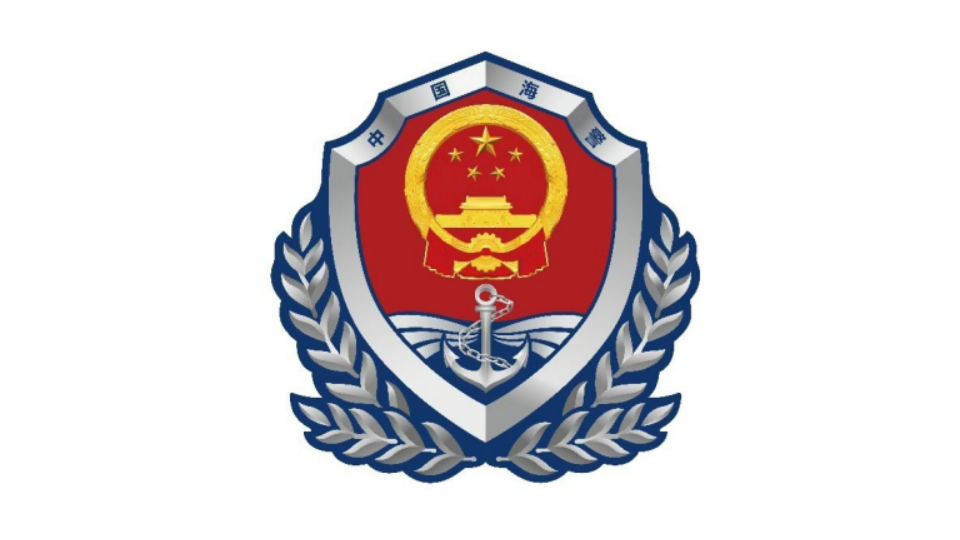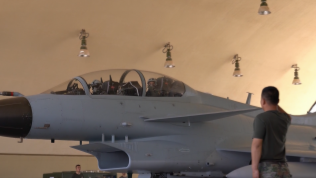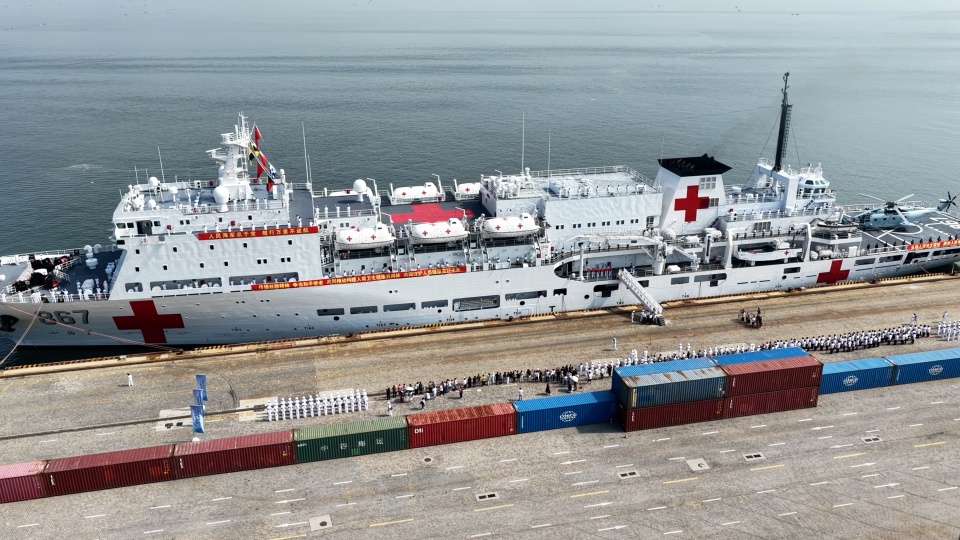By Wu Minwen
Recently, India announced that the defense budget for FY2023-2024 will be $73 billion, an increase of 13 percent over the previous fiscal year. These surging figures have attracted worldwide attentions.
India's annual military expenditure has been increasing rapidly in recent years, with 10 percent increase in FY2008-2009, 34 percent increase in FY2009-2010, 12 percent increase in FY2011-2012, 12 percent in FY2014-2015 and 13 percent in FY2018-2019. The $73 billion defense budget announced this year accounts for about 2 percent of India's GDP.
India has been chasing a dominant position in South Asia and the Indian Ocean. Almost all of India's defense theories called for the so-called "decisive and leading role" in South Asia. In terms of modernizing military equipment, the Modi government has increased the intensity of foreign procurement of modern equipment in recent years, and also strengthened self-research and production, which provides impetus and demand for military expenditure.
At the celebration marking the 75th anniversary of India's independence in 2022, Modi proposed the goal of making India a developed country in the next 25 years. This national development goal necessarily includes military power and strength indicators. However, the independent R&D and production of weapons and equipment is an obvious weakness. While being the strategic allies of the Soviet Union and Russia, Soviet-made and Russian-made weapons were the main source of India's outsourced armaments. In recent years, the US has stepped up its efforts to win over India to serve its global strategy and has begun selling advanced weapons and equipment to India.
These outsourced weapons and equipment cost India billions of dollars every year. Different types of weapons and equipment not only had different operating procedures, but also brought great difficulty in use, because an integrated combat system couldn’t be formed on the battlefield. Modern warfare is a systemic confrontation, but the hybrid equipment posed difficulties in exerting combat effectiveness, and even great hidden dangers for its own survival.
Therefore, the Indian military has made great efforts to promote the self-research and production of weapons and equipment, with a goal to reduce the proportion of arms and equipment imports from the current 70 percent to 40 percent. However, the result was not satisfactory due to lacking of independent national defense industrial system.
India also spared no effort to develop aircraft carriers to provide support for "dominating the Indian Ocean". India purchased the Kiev class Admiral Gorshkov from Russia in 2004 as its first aircraft carrier. Named Vikramaditya, it was delivered to the Indian Navy on November 16, 2013. In July 2022, India's first homemade aircraft carrier Vikrant with a displacement of 44,000 tons completed the fourth phase of sea trials of major equipment and systems. Immediately, the Indian Navy decided to order another domestic aircraft carrier with a displacement of 65,000 tons. The Vikrantaircraft carrier is expected to form combat effectiveness by the end of 2023, and the second homemade aircraft carrier will be built within eight years. At that time, India navy is expected to have a total of three aircraft carriers.
Against the background of the Russia-Ukraine conflict and the US’s accelerated progress of “Indo-Pacific strategy”, countries are in fact engaged in a new round of arms race to cope with possible war threats. In particular, European countries and NATO allies have increased their national defense spending overnight. India's defense budget for FY2023-2024 would increase by 13 percent. As a major South Asian country and a de facto nuclear power, it made a demonstrative and stimulating effect at least in the region, which inevitably led to a response by neighboring countries and related countries, and might intensify the arms race.
(Editor's note: The author is from the School of Information and Communication, PLA National University of Defense Technology. Originally published on zqb.cyol.com, this article is translated from Chinese into English and edited by the China Military Online. The information and opinions in this article do not necessarily reflect the views of eng.chinamil.com.cn.)













